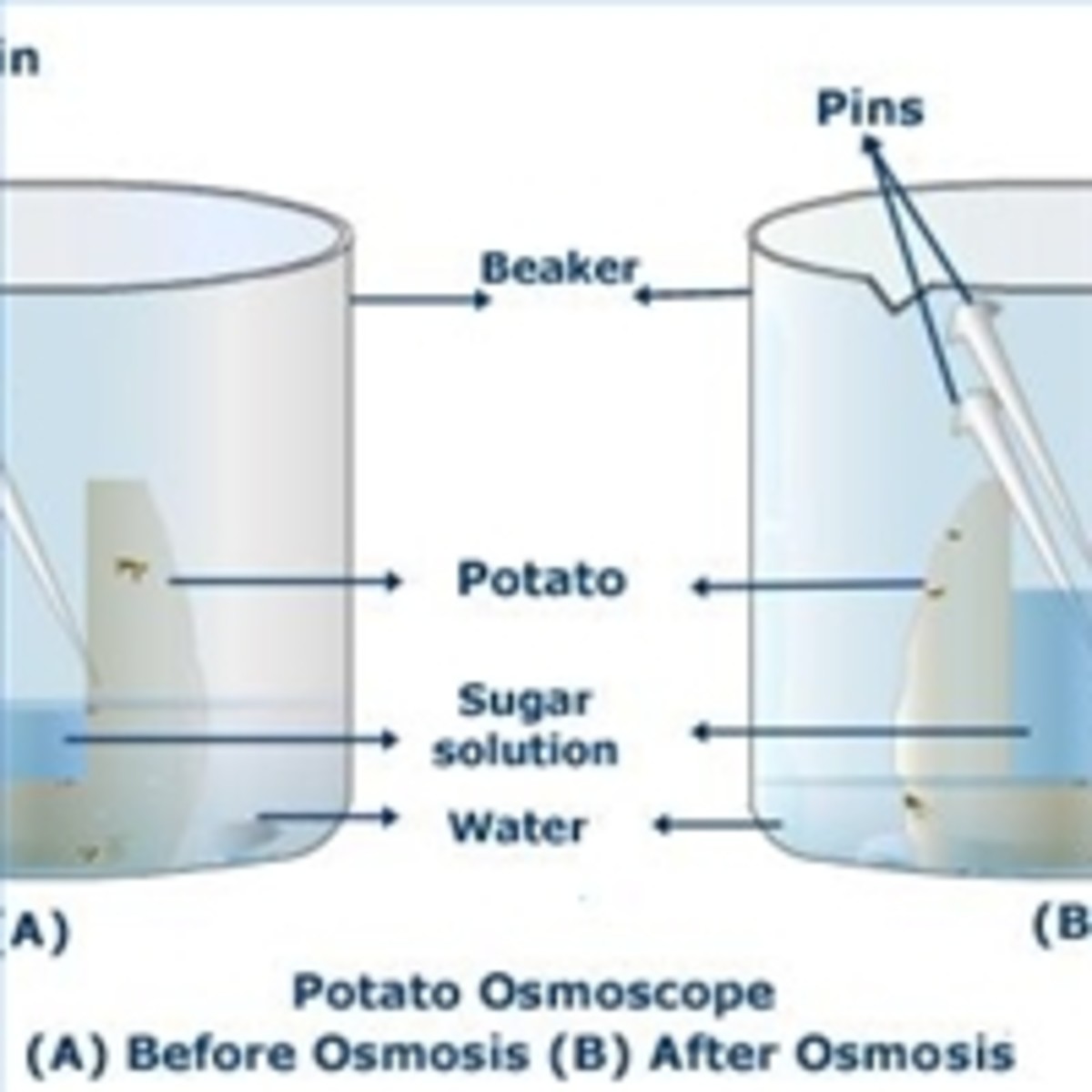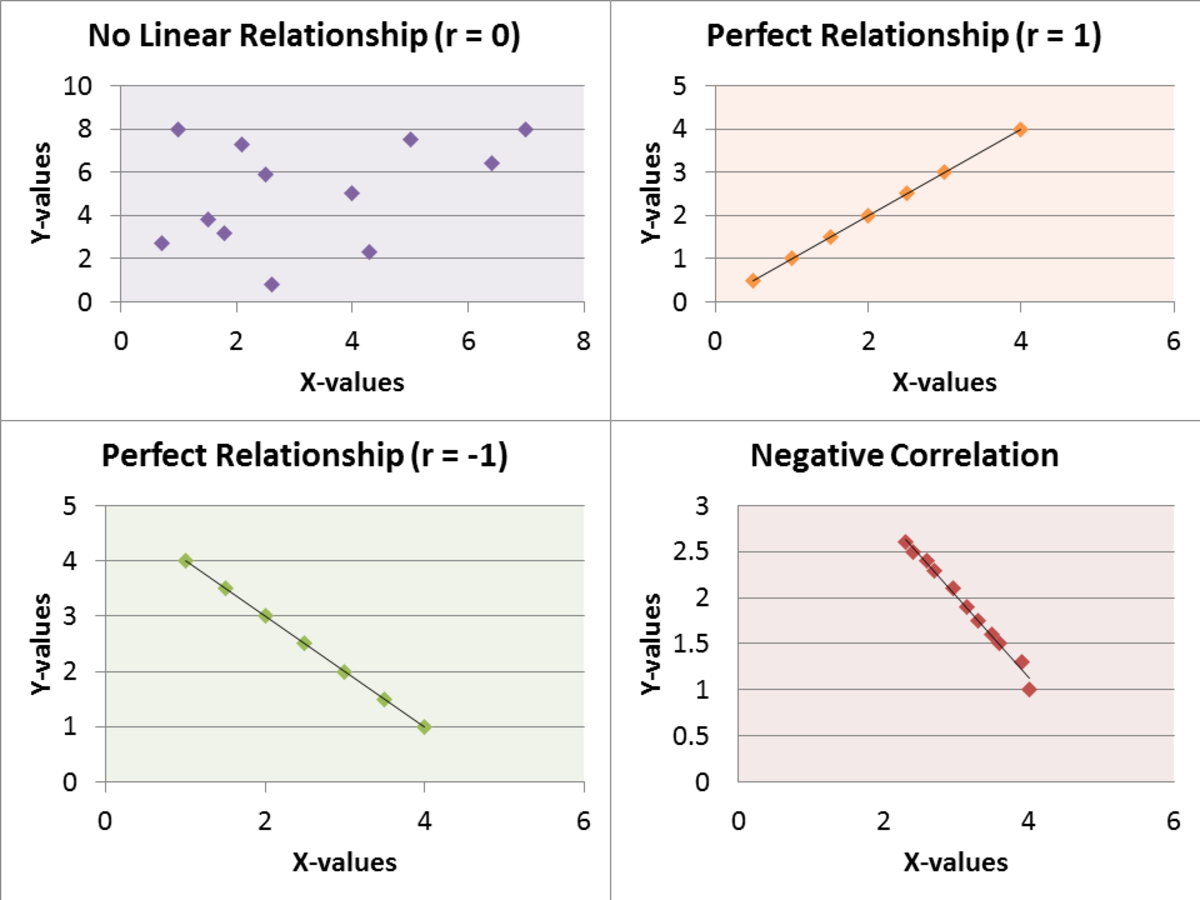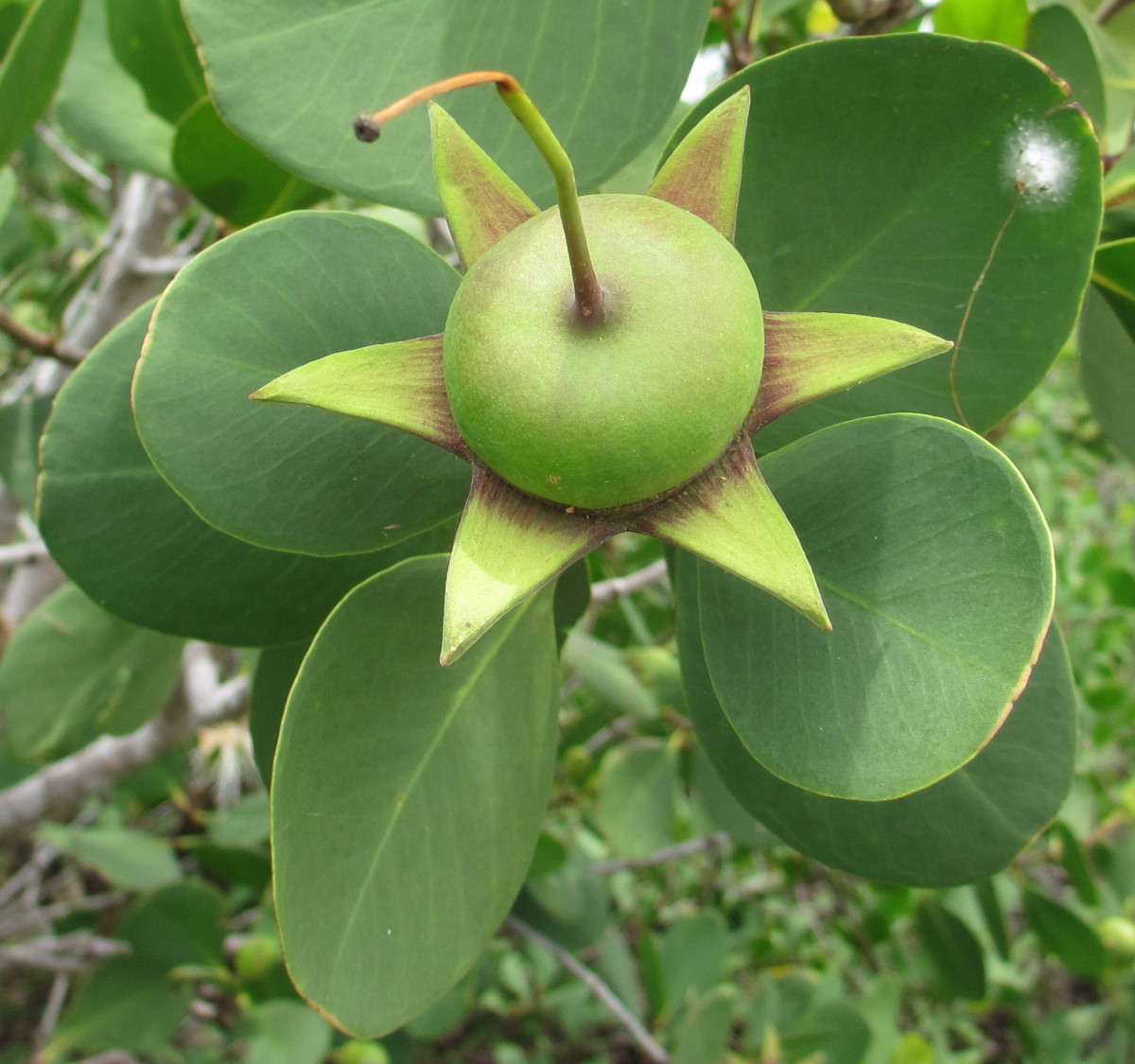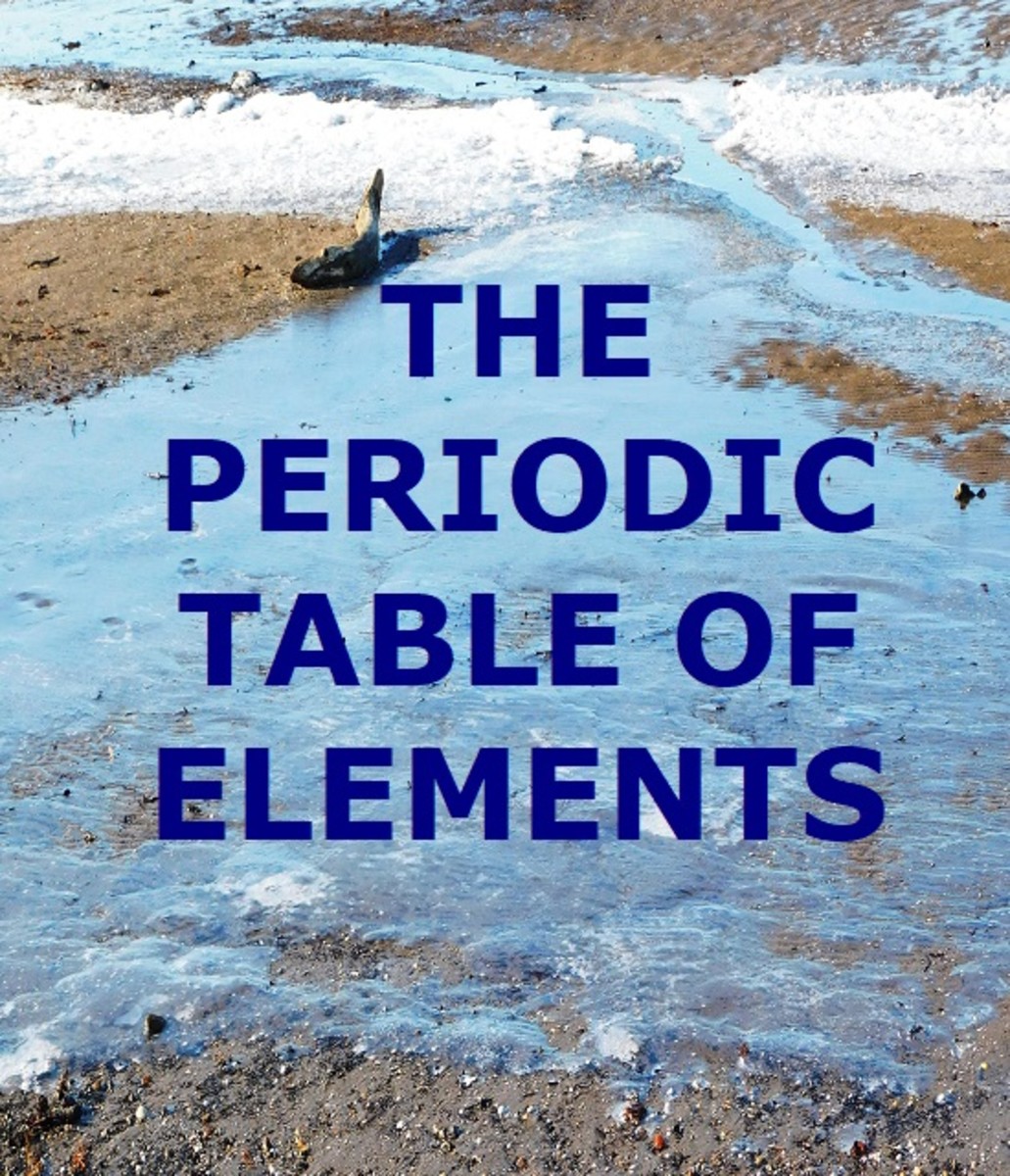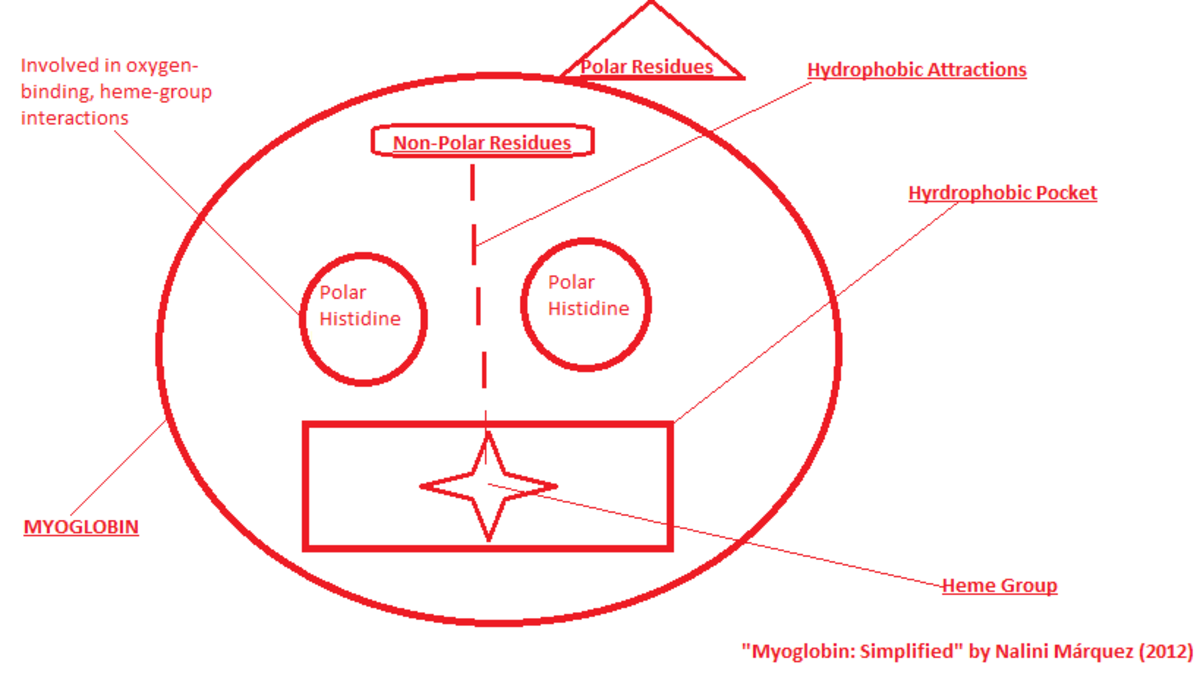Lucid Concept Of Partition Law(Distribution Law)
What is Called, "Immiscible Liquids"?
It is observed that, liquids like chloroform (CHCl3) and water (H2O) when shaken together in a test tube, and then the mixture is allowed to stand, the two liquids separate out into two discrete layers. This means they do not mix or dissolve into each other. Such liquids are called immiscible liquids.
Chloroform and water are immiscible liquids. Likewise ether and water are partly miscible, means they are almost insoluble or negligibly soluble into each other.
Experiment Showing Immiscible Nature of chloroform and water
Can you identify the Correct Pair of Immiscible Liquids?
view quiz statisticsWhat is meant by, "Distribution"?
The phenomenon of distribution is observed in a class of certain liquid substances which are more soluble in one solvent but are less soluble in another solvent. For example, Iodine (I2) is extremely soluble in organic solvents like: Carbon Disulphide (CS2), Chloroform (CHCl3) and Carbon Tetrachloride (CCl4). But it is poorly soluble in solvent like: Water (H2O).
When iodine is shaken with a mixture of chloroform and water, it gets dissolved in both the solvents but its concentration in chloroform is more than that in water.
This is called distribution of iodine in chloroform and water.
Definition of "Distribution Law" (also known as "Partition Law"):
The phenomenon of distribution was studied first by scientist, "Nernst". After studying this phenomenon in detail he gave the following law which is called, "law of distribution".
“When a solute distributes itself between two immiscible solvents, there exists for each molecular species, at a given temperature, a constant ratio of distribution between the two solvents, and this ratio is independent of any other molecular species which may be present”.
The value of distribution ratio depends on following factors:
(1) Nature of two solvents,
(2) Nature of solute taken, and
(3) Temperature.
Understanding the Law of Distribution
Suppose a solute A is added to such two immiscible solvents B & C in both of which it is soluble. On vigorous shaking, the solute gets partitioned between the two solvents in such a way that concentration of solute A in solvent B (say C2) is directly proportional to its concentration in solvent C (say C1).
Mathematically:
(concentration of solute A in solvent B) / (concentration of solute A in solvent C) = C2/C1
= constant = Kd.
Here, the constant of proportionality "Kd" is known as, "Partition Coefficient" or "Distribution Coefficient" of solute A in solvents B and C respectively.
It should be noted that the ratio: C2 / C1 is constant only when the "colligative properties" of both the solutions are similar. It should be noted that the colligative properties of two solutions can remain same only if the dissolved substance does not undergo dissociation or association.
It should be clearly understood that such spontaneous behavior of the solute to get distributed between two immiscible solvents, is a direct consequence of thermodynamic requirement of any system to attain equilibrium, because the state of equilibrium assures the minimum energy level and stability! Therefore, the constant Kd is nothing else, but an equilibrium constant of such system!
Conditions of Distribution
The solute can distribute itself between two immiscible liquids only when the following conditions are satisfied.
(a) The solute should not react chemically with either of the solvents.
(b) In both the solvents, molecularity of solute should remain same, i.e. it should neither undergo association nor undergo dissociation, so that the colligative properties of both the solutions remain identical.
(c) The solute must be soluble in both the solvents.
Illustration-1: Distribution of Iodine in Carbon Disulphide and Water
If iodine is shaken with a mixture of two liquids: carbon disulphide (CS2) & water (H2O) and then allowed to stand, iodine gets distributed between the two solvents.
Here, a state of equilibrium exists between the concentration of iodine in carbon disulphide and the concentration of iodine in water.
It is also found that when amount of iodine is varied, the ratio of concentration of iodine in two solvents remains constant, provided temperature is kept constant.
Mathematically: (concentration of I2 in CS2) / (concentration of I2 in H2O) = (C2/C1) = Kd.
Constant Kd is known as "distribution coefficient" or "partition coefficient" of iodine in solvents carbon disulphide and water respectively.
This will be clear from following table.
Computation of Partition Coefficient for Iodine in Carbon Disulphide and Water
Gram of iodine in 10 milliliters of carbon disulphide (C2)
| Gram of iodine in 10 milliliters of water (C1)
| Value of partition coefficient, Kd = (C2 / C1)
|
|---|---|---|
1.79
| 0.0041
| 437
|
1.28
| 0.0029
| 441
|
0.79
| 0.0019
| 416
|
0.49
| 0.0011
| 445
|
Experimental results of concentration of Iodine in two immiscible liquids: carbon disulphide and water at a temperature of 20 degree centigrade.
Do you know?
What happens when aqueous solution of iodine is vigorously shaken with chloroform?
Illustration-2: Distribution of Boric Acid in Water & Amyl Alcohol
Molarity of boric acid in water (C2)
| Molarity of boric acid in amyl alcohol (C1)
| Partition coefficient-Kd = (C2 / C1)
|
|---|---|---|
0.027 M
| 0.0081 M
| 3.33
|
0.053 M
| 0.0157 M
| 3.38
|
0.184 M
| 0.056 M
| 3.29
|
0.309 M
| 0.089 M
| 3.47
|
Data show distribution of boric acid between water and amyl alcohol at 25 degree centigrade temperature.
Condition Leading to Non-Constancy of Distribution Coefficient
Though the value of distribution coefficient Kd remains constant like any other constant, it may show non-constancy under certain conditions. It is interesting to know about conditions which lead to such anomaly in Kd.
These two conditions are:
(a) If phenomenon of association is taking place among the particles of solute.
(b) If phenomenon of dissociation is taking place among the particles of solute.
If any one of above two phenomena is taking place and if Kd is computed taking total concentration of solute in two phases, then the computed value of Kd will not come to be constant.
In such a case, the value of Kd can be worked out to be constant if the concentration of a common species in both of solutions is considered for calculations.
To understand this, consider the distribution of benzoic acid (C6H5COOH) between water (H2O) and chloroform (CHCl3).
In this case, both dissociation as well as association takes place simultaneously as explained below.
(1) In water, the acid is partially dissociated in the form of benzoate anion having chemical formula: C6H5COO- and hydronium cation having chemical formula: H3O+).
(2) In chloroform, the acid is partially associated to form bi-molecule having chemical formula: [(C6H5COOH)2].
(The corresponding equations for both the phenomena are given below.)
In such a case, there is no resemblance of Kd if total concentration of benzoic acid is taken for calculation.
However, if the concentration of common species in both of the phases is considered for calculation, the computed value of Kd computed shows constancy!
Which is the common species in both of the phases?
It is unassociated or un-dissociated single molecule of benzoic acid having chemical formula: C6H5COOH.
This is clear from the experimental details given in following two tables.
Equations Showing Dissociation and Association of Benzoic Acid in Water and in Chloroform.
(a) Dissociation of benzoic acid In water: C6H5COOH + H2O → C6H5COO-+ H3O+.
(b) Association of benzoic acid in chloroform: 2 C6H5COOH → (C6H5COOH)2.
Experimental Results Showing Non-Constancy of Kd
Molarity of “total benzoic acid” in H2O (C2)
| Molarity of “total benzoic acid” in CHCl3 (C1)
| Computed value of “Kd” (C2 / C1)
|
|---|---|---|
0.002 M
| 0.007 M
| 0.286
|
0.0026 M
| 0.0109 M
| 0.238
|
0.0036 M
| 0.017 M
| 0.212
|
0.007 M
| 0.06 M
| 0.117
|
0.013 M
| 0.168 M
| 0.077
|
Distribution of total benzoic acid in water and in chloroform-at a temperature of 30 degree centigrade. {It includes all the species present in solution like: (a) undissociated benzoic acid, (b) associated bimolecular benzoic acid, (c) benzoate anio
Experimental Results Showing Constancy of Kd.
Molarity of benzoic acid in water (C2)
| Molarity of benzoic acid in chloroform (C1)
| Computed value of Kd (C2 / C1)
|
|---|---|---|
0.0017 M
| 0.004 M
| 0.425
|
0.0022 M
| 0.0051 M
| 0.431
|
0.0034 M
| 0.0075 M
| 0.453
|
0.0061 M
| 0.0146 M
| 0.418
|
0.0121 M
| 0.0273 M
| 0.443
|
Data shows distribution of, "un-dissociated / un-associated benzoic acid in water and chloroform” at temperature of 30 degree centigrade.
Various Applications of Distribution Law in Practice
In practice, the law of distribution is useful in:
(a) Removal of a particular substance from given solution
(b) To carry out some qualitative analysis
(c) To determine the degree of hydrolysis of certain salts
(d) To determine the constitution of complex halide ions
(e) To prove the existence of “Tetraamminecopper (II) ion in aqueous ammoniacal solution of copper sulphate. (The chemical formula of tetraamminecopper (II) ion is: [Cu(NH3)4]2+.)
The detailed information on above said applications is given below.
Application-1: Removal / Extraction of Iodine from its Aqueous Solution
The distribution coefficient of iodine in carbon disulphide (CS2) / water (H2O) system is very high, having value of about 410. Hence, when aqueous solution of Iodine is shaken with carbon disulphide, concentration of iodine in the layer of carbon disulphide is about 400 times that in water.
The CS2 layer rich in iodine is isolated with a separating funnel and the process is repeated till concentration of I2 becomes negligible in aqueous layer.
(Theoretically, complete removal of I2 by this process is not possible, however practically such removal may be considered as almost complete).
[Note: The extraction of Iodine from its aqueous solution using other solvents like chloroform or carbon tetrachloride is less efficient compared to that with carbon disulphide. This is because at laboratory temperature, the value of distribution coefficient for I2, in CHCl3 / H2O system is 109 and that in CCl4 / H2O system is 85. Both of these values are much less than that of CS2.]
Experiment Showing Extraction of Iodine Using Law of Distribution
Calculations Showing Extraction of Iodine from its Aqueous Solution
Example: 10 milligrams of Iodine is dissolved in 12 milliliters of water & then shaken with 2 milliliters of carbon tetrachloride till equilibrium is reached. Calculate remaining weight of Iodine in aqueous layer. (Given: Kd: CCl4 / H2O = 85).
Solution: Assume milligrams of remaining Iodine in aqueous layer to be x mg, hence milligram of Iodine in the layer of CCl4 can be taken as 10-x mg.
Hence, the concentration of I2 in water = (x/12) while that in CCl4 = [(10-x)/2].
(Note: Concentration is expressed in terms of milligrams per liter).
As, Kd = 85;
[(10-x)/2] / [(x/12)] = 85;
this gives, x = 0.66 mg.
Thus, remaining weight of I2 in aqueous layer will be 0.66 mg.
[If 12 milliliters of residual aqueous layer is separated and shaken with further 2 milliliters of CCl4 to attain equilibrium, the mg of I2 remaining left in aqueous layer can be calculated to be 0.043 mg! This means 9.957 mg of I2 (99.57 %) can be extracted using only 4 milliliters of CCl4!].
[Note: It is interesting to note that if the original aqueous solution was shaken with 4 milliliters of CCl4 (instead of taking 2 milliliters of CCl4 two times as discussed above), then usual calculation shows that the aqueous layer will contain 0.34 mg of I2 (instead of 0.043 mg of I2).
This proves that, it is more efficient and also economical to carry out number of successive extractions taking small quantity of solvent rather than a single extraction taking large quantity of solvent.]
Application-2: Various Tests in Qualitative Analysis using Law of Distribution
When acidic solution of chromate is treated with hydrogen peroxide, a deep blue colored solution of perchromic acid is formed, which is a test to confirm presence of either chromate or hydrogen peroxide.
However, perchromic acid is highly unstable hence soon decomposes to give oxygen and green solution of chromic salt. Hence deep blue color obtained disappears soon. This makes the detection difficult.
Here law of distribution can become helpful as explained below.
Perchromic acid is more soluble and also more stable in amyl alcohol than in water. Hence, to avoid above difficulty, the testing solution is immediately shaken with amyl alcohol, so that blue color of perchromic acid lasts longer.
This makes easily to detect the presence of either chromate or hydrogen peroxide.
Application-3: To Determine the Degree of Hydrolysis of Salt, Aniline Hydrochloride
On hydrolysis, salt like aniline hydrochloride, yields aniline and hydrochloric acid.
Here, if concentration of aniline produced can be found out, degree of hydrolysis can be calculated. To achieve this, the mixed solution is shaken with benzene, Kd of which is known.
Aniline distributes itself between water and benzene in the ratio of Kd. The concentration of aniline in benzene is determined by suitable experimental technique. Now, by subtracting concentration of aniline in benzene from initial concentration of aniline hydrochloride, the concentration of aniline in aqueous medium can be calculated.
This enables us to calculate degree of hydrolysis of aniline hydrochloride. (By equation, 1 mole aniline hydrochloride is equivalent to 1 mole of aniline).
Application-4: To Determine the Constitution of Complex Halide ion like, Potassium Triiodide
Iodine is much more soluble in an aqueous solution of potassium iodide (KI) than in water. This is due to the formation of potassium triiodide (KI3).
The following equilibrium exists in such solution:
KI + I2 ↔ KI3 or I- + I2 ↔ I3-.
If the solution is shaken with CCl4, in which I2 alone is soluble appreciably, most of I2 passes in CCl4.
By determining the concentration of I2 in CCl4, the concentration of I2 in aqueous solution can be calculated from the known value of Kd. Summing of these two will give total concentration of I2 present at equilibrium. Subtracting this from the initial concentration of I2 will give concentration of combined iodine having formula: KI3. Subtracting the concentration of KI3 produced from initial concentration of KI will give concentration of KI at equilibrium.
Let, initial concentration of KI = a;
and initial concentration of I2 = b;
concentration of I2 determined in CCl4 = c;
concentration of I2 calculated in H2O = d = (c) / (Kd);
total concentration of I2 at equilibrium = [c+{c/Kd}];
concentration of KI3 produced = (initial concentration of I2) - (total concentration of I2 at equilibrium)
= b - [c+{c/Kd}].
Concentration of KI left at equilibrium = (initial concentration of KI) - (concentration of KI3 formed);
= a - b- [c+{c/Kd}].
The computation of equilibrium constant as per equation will be,
Keq = [KI] [I2] / [KI3]; indicates that complex halide is in the form of KI3.
Application-5: To Prove the Existence of “Tetraamminecopper (II) Ion in Aqueous Ammoniacal Solution of Copper Sulphate
Existence of tetraamminecopper(II) Ion in aqueous ammoniacal solution of copper sulphate can be proved by studying the distribution of free ammonia between chloroform and water as shown below:
[Cu(NH3)4]2+ = Cu2+ + 4NH3.
References:
(1) Qualitative Inorganic Analysis, Arthur I Vogel, (formerly Head Of Chemistry Department, Woolwich Polytechnic, London.)
(2) Principles Of Physical Chemistry, By: Samuel H. Maron & Carl F. Prutton.
Published by: Oxford & IBH Publishing Co., New Delhi (Original Publisher: The Macmillan Company, New York).
(3) Advanced Chemistry, Physical & industrial; By: Philip Matthews.
(Cambridge University Press); Published in India by: Foundation Books Pvt. Ltd., New Delhi.
Previous
- Live Long! Drink Acid!!
Put, “The End”, to health problems of your child-Give him an acid, now!? Are you health conscious for your child? Here is the information about some such acids, one needs to consume regularly!
Next
- Lucid Science Of Evaporation Accompanied With Cooling
Why We Feel Cold While Standing In Open Atmosphere With Wet Body? Why Tea In Soccer Gets Cooled Early Compared To That In A Cup? Why Soup In Bowl Gets Cooled Early While Stirring It Continuously?



